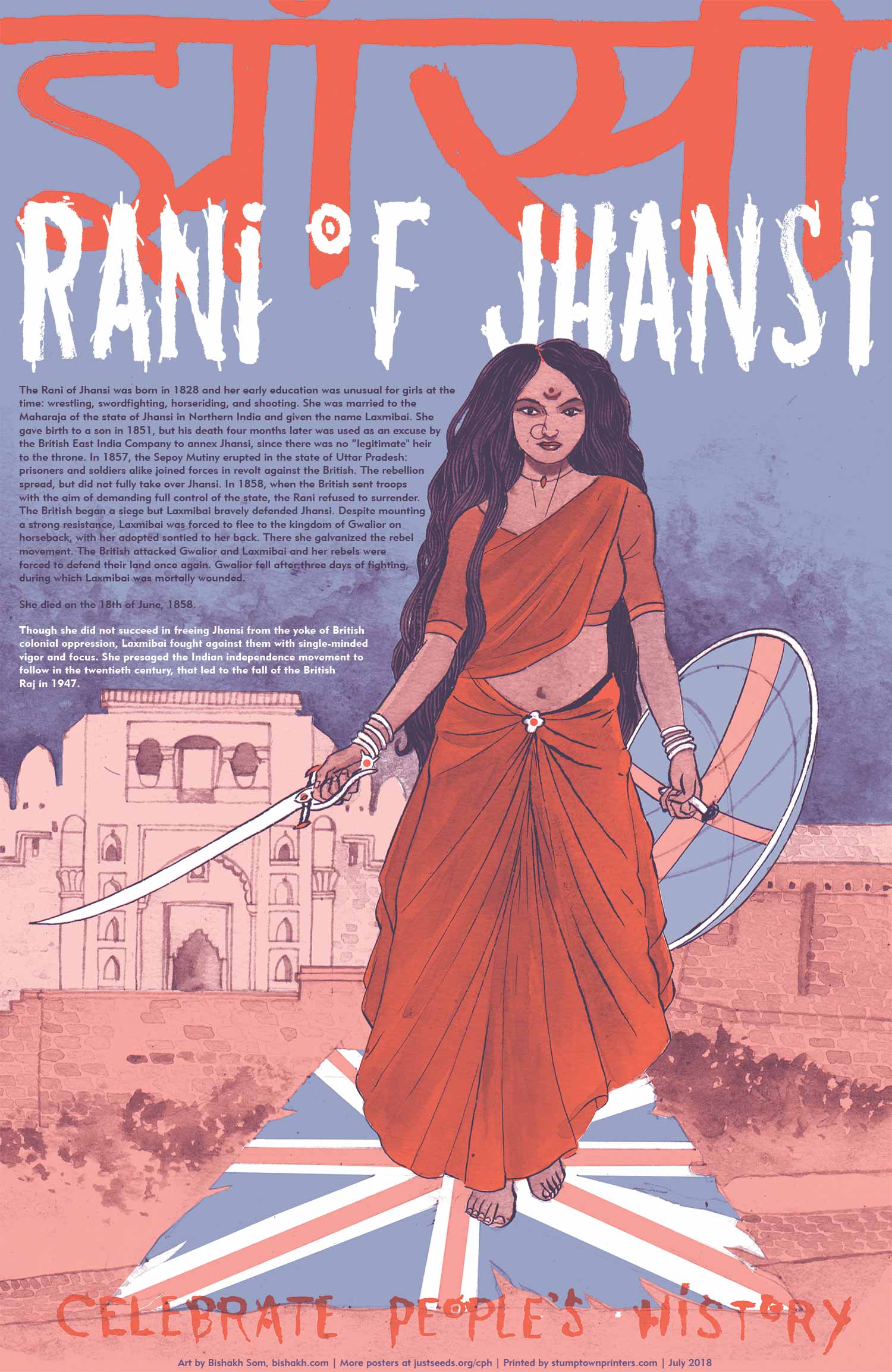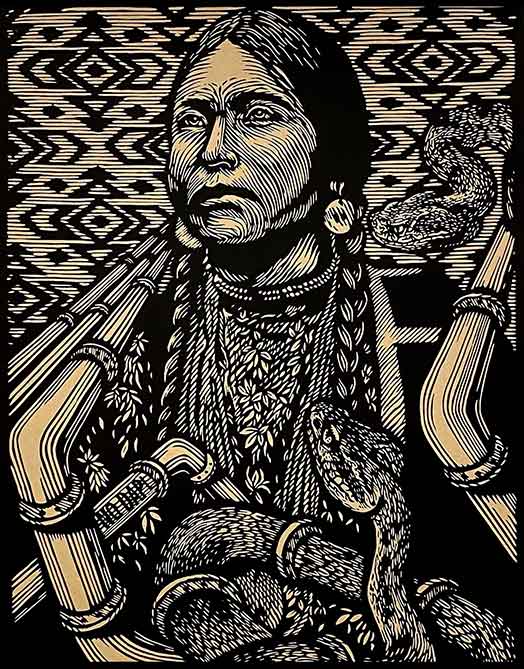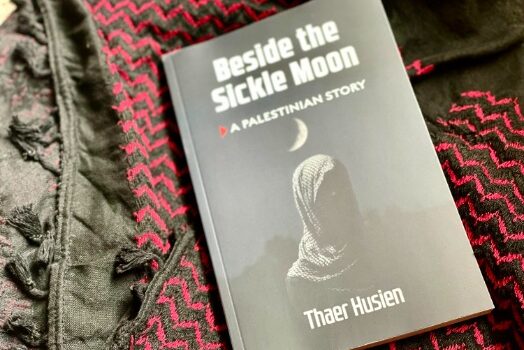The Rani of Jhansi was born in 1828 and her early education was unusual for girls at the time: wrestling, swordfighting, horseriding, and shooting. She was married to the Maharaja of the state of Jhansi in Northern India and given the name Laxmibai. She gave birth to a son in 1851, but his death four months later was used as an excuse by the British East India Company to annex Jhansi, since there was no “legitimate" heir to the throne. In 1857, the Sepoy Mutiny erupted in the state of Uttar Pradesh: prisoners and soldiers alike joined forces in revolt against the British. The rebellion spread, but did not fully take over Jhansi. In 1858, when the British sent troops with the aim of demanding full control of the state, the Rani refused to surrender. The British began a siege but Laxmibai bravely defended Jhansi. Despite mounting a strong resistance, Laxmibai was forced to flee Jhansi on horseback with her son tied to her back, to the kingdom of Gwalior, where she galvanized the rebel movement. The British attacked Gwalior and Laxmibai and her rebels were forced to defend their land once again. Gwalior fell after three days of fighting, during which Laxmibai was mortally wounded.
She died on the 18th of June, 1858.
Though she did not succeed in freeing Jhansi from the yoke of British colonial oppression, Laxmibai fought against them with single-minded vigor and focus. She presaged the Indian independence movement to follow in the twentieth century, that led to the fall of the British Raj in 1947.
Printed at the worker-owned Stumptown Printers, Portland, OR.
This is #120 in the Celebrate People’s History Poster Series.
Bishakh Som is an artist from Brooklyn. Her work has been in the New Yorker and various queer comics anthologies. She is the author of Apsara Engine and Spellbound: A Graphic Memoir.








